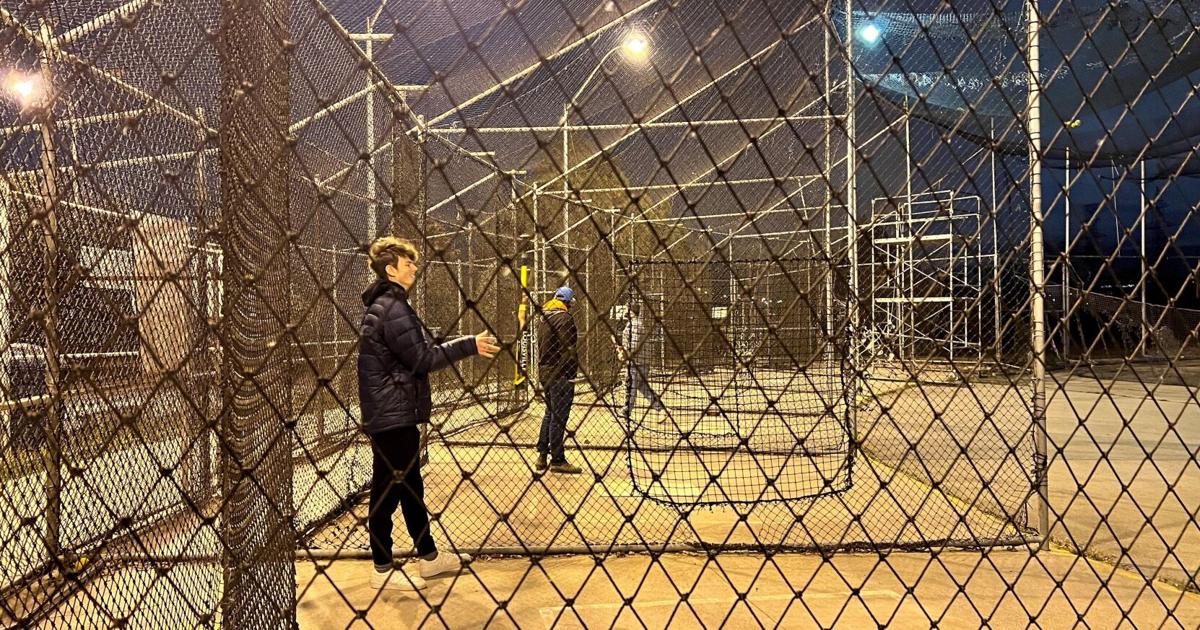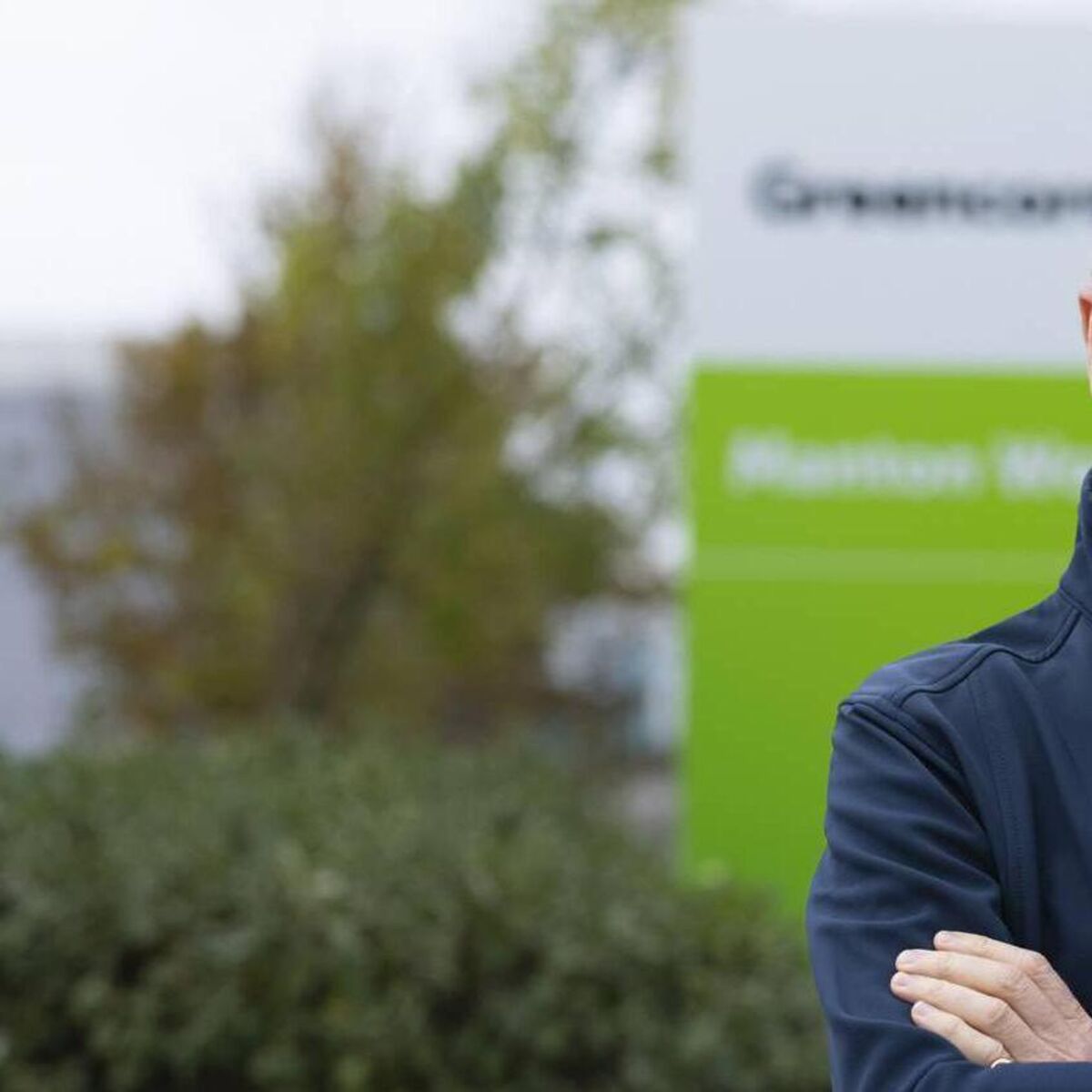Copyright thestar

For more than two decades, people flocked to the batting cages at Etobicoke’s Centennial Park to take swings like a Blue Jay. When the cages opened in 2001, they might have been emulating Joe Carter and his World Series walk-off. Later, as Centennial Park stood as one of the last places in the GTA offering affordable outdoor batting cages, there were a lot of would-be Josh Donaldsons, Edwin Encarnacións and especially José Bautistas taking swings. Though I think they frowned on bat flips. But all the bats, flipped or not, went quiet in 2023, when the batting cages closed. It’s especially sad, as the Jays vie for the World Series for the first time in a long time, that there’s no longer an opportunity at Centennial Park — or anywhere else, really — for fans to affordably step into a cage and pretend to hit a dinger like George Springer or a bomb like Addison Barger. The state of these shuttered batting cages and city hall’s role in the closure has been on my mind lately, because it really is a story that reveals problems with the consultation and decision-making process at our municipal government. A quick debate Let’s start with the backstory. In 2021, council voted unanimously to approve a new “master plan” for revamping Centennial Park. The decision got just a few minutes of debate and was approved by a simple show-of-hands vote. I doubt many councillors knew at the time they were voting to get rid of batting cages. But that was part of the plan. Buried in the 227-page document was a reference to “moving away from private single-use functions within the park.” This, the report explained, would “improve access and democratize park space for the benefits of visitors.” In practice, that meant the end of the batting cages. It also permanently put the brakes on a “Mini-Indy” go-kart track that was also part of the park. Both were operated by a private company and users were charged a fee if they wanted to swing a bat or drive the track. That kind of thing just wasn’t part of the new vision for the park. But for all the hoity-toity talk about democratizing the park space — whatever that means — it didn’t take long for councillors to hear that people thought that they had really fouled this one up. A followup survey in 2024 to gauge people’s feelings about the plan drew more than 100 comments just about the batting cages, one of which had to be censored to remove profanity directed at city hall. A selection: “bring back the batting cages and go-kart,” “you destroyed an actual destination by removing the go carts and batting cages,” “You guys don’t want fun,” “I have no place to practice batting with my kids and for myself now,” “NEED THE BATTING CAGES.” A swing and a miss Soon after, at the request of local councillor Stephen Holyday, city hall’s infrastructure committee quietly voted to “explore the potential for inclusion of batting cages with a viable operating model.” Eventually, new batting cages were added to the park’s plan for a “baseball hub.” Construction of the hub is ongoing, and, though it’s a few months behind schedule, the recent photos have it looking nice. A decent outcome in the end, but it’s hard to defend the process. The city ran extensive consultations during the development of this Centennial Park plan, but somehow those consultations missed the community’s emotional attachment to the batting cages and go-karts. And council, headed up at the time by former mayor John Tory, should have understood the magnitude of the change to one of Toronto’s biggest parks when they voted on it 2021. They totally whiffed on the pitch. The biggest lesson, though, is more fundamental. There’s a long-standing orthodoxy in the city’s parks department that the private sector and public parks don’t mix. It’s well-intentioned. I certainly don’t want my parks plastered with advertising and salespeople trying to take my money. But it’s also limiting. It keeps many of our parks from having things like coffee carts, snack stands or places that could offer to rent you a ball to kick around for a while. For Centennial Park, it also nearly led to the permanent end of its batting cages. It would have been a loss. Not just because baseball is having another moment in the city right now, but because parks ultimately aren’t just about having some spaces that look nice and win landscape architecture awards. They’re also about offering people a variety of things to do. Sometimes that thing is quiet contemplation and relaxation in nature, sure, but sometimes it’s about other needs. Like the need to grab a bat and take a few swings. As Toronto again shows itself to the world as a baseball city, there should be space in our parks for hitting dingers, too.



